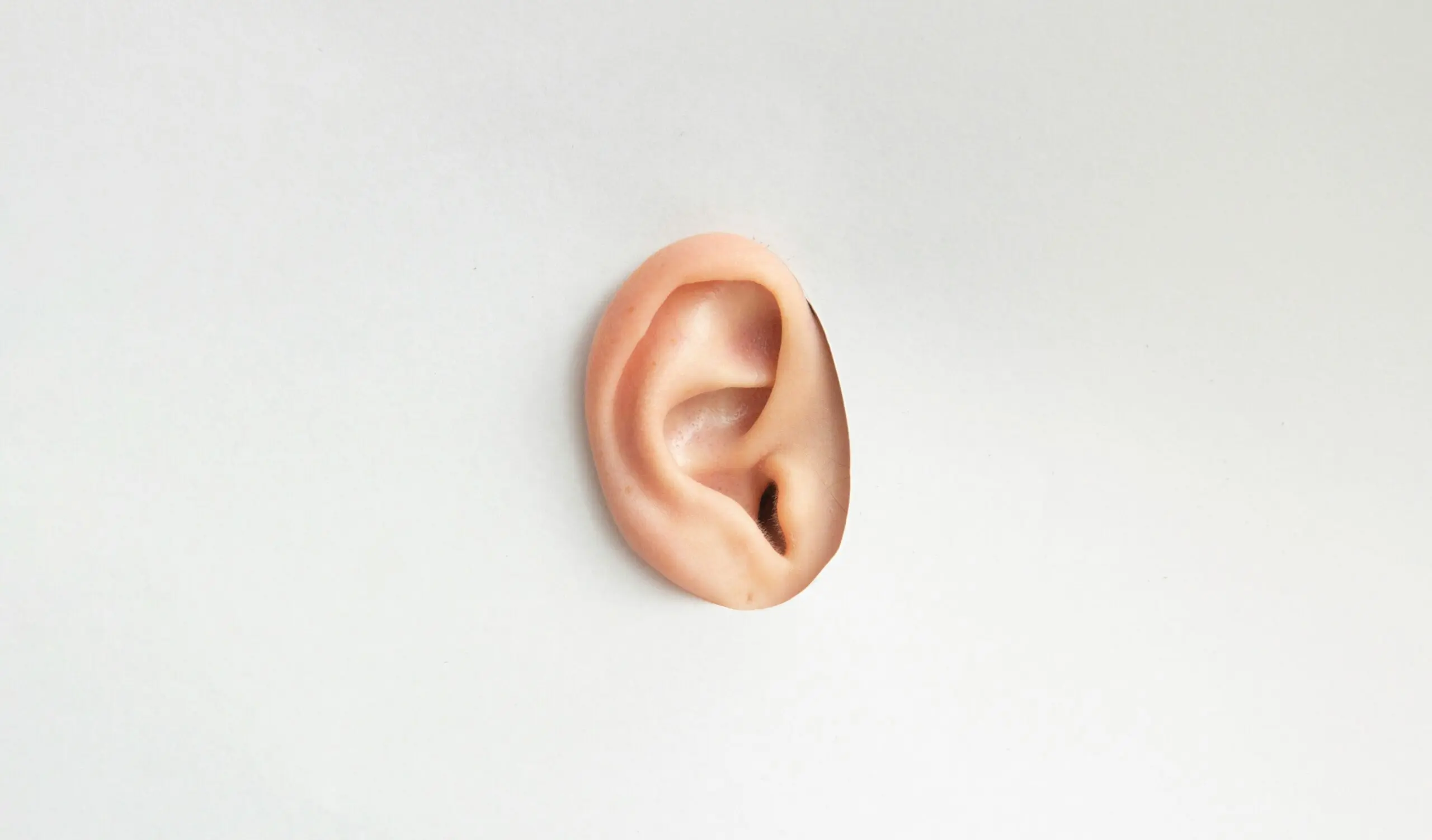UX only works when it serves both the user and the business.
I’ve had the pleasure of working with some incredible UX minds through my work at The Friday Agency and my involvement in the UX Tree mentorship programme.
One theme I’ve noticed on occasion is that while designers are strong advocates for end users, they sometimes don’t realise that it’s only half the story. Too often, they pay less attention to the business behind the interface, the very people funding the project and paying their wages.
Why user-first can sometimes mean business-last
Good designers rightly champion the user – this has been beaten into us from early in our careers. But UX isn’t just about delighting users, it’s about solving business problems through user-centred design. I still see beautiful experiences that fail to convert, costly designs that aren’t sustainable, and innovation that undermines brand or business strategy.
Lazy designers can sometimes rely on stakeholders to represent the business. This only forces stakeholders into a defensive role, protecting business needs. The result? An “us versus them” mentality that is completely unnecessary. Ignoring business goals is, quite simply, ignoring the brief.
Why Business Context Matters
User empathy is at the heart of UX. We study users goals, motivations, and pain points to design effective solutions. But the same logic applies to businesses. Designers should also understand business models, sales funnels, marketing strategies, customer service, operations, and the wider commercial context. Without this knowledge, design risks being disconnected from what success actually looks like.
When we align with business goals, we become better advocates for both users and organisations, creating solutions that serve people while strengthening the business behind them.
Stakeholders don’t ruin design – they strengthen it
Stakeholders shouldn’t just appear at checkpoints – they should be integral to the design process. Designers must see them as collaborators, not as the people who “ruin good design.”
UX workshops, co-creation sessions, and shared decision-making frameworks help bridge the gap. Businesses that embed UX into strategy consistently achieve stronger outcomes than those that treat UX as a surface-level design layer. Good partnerships are the key to success.

Some of the richest insights I’ve uncovered in research has come from stakeholders, not just the c-suite, but people working in sales, customer service, and operations. These individuals know their business and its customers intimately, often without realising how valuable their knowledge is to us. As designers, we should explore as much of this insight as possible, and AI can support us in analysing and connecting the dots without having to trawl through reams of data.
Mapping and aligning business and user needs should happen side by side. For instance, overlaying operational functions with user journeys, defining KPIs that serve both perspectives, and inviting stakeholder feedback not only on aesthetics but on alignment with strategy ensures solutions deliver measurable value.
Alignment, getting your ducks in a row
Great UX doesn’t live in a vacuum. It succeeds when designers balance empathy for the user with the goals of the business. By treating stakeholders as partners, learning how businesses operate, and aligning design outcomes with commercial objectives, we move away from conflict and towards collaboration. The result is work that not only feels good to use but also drives meaningful results for the organisations that make it possible.

Talk to us about how we can help your business connect with its users by using a UX strategy that aligns your business requirements with your customers needs.


